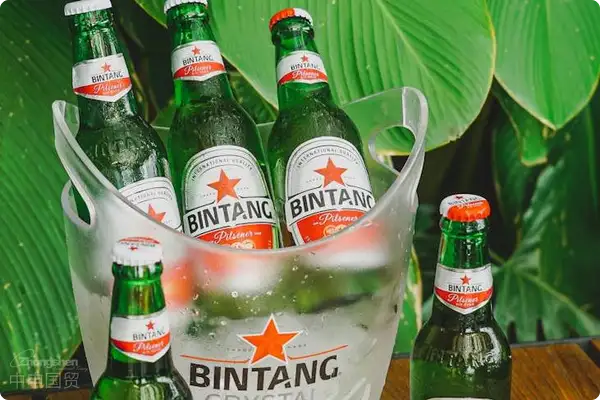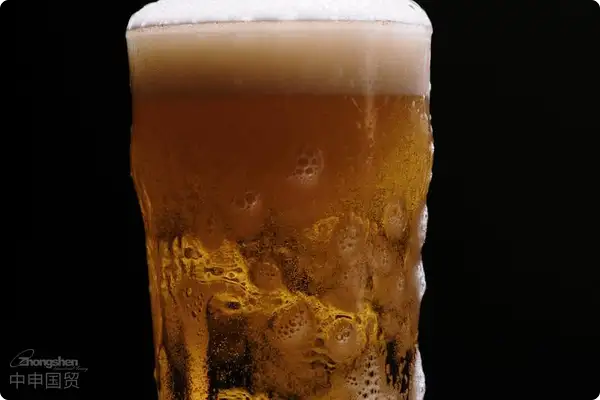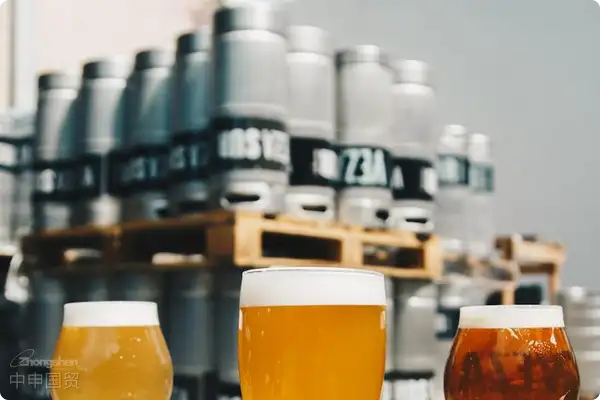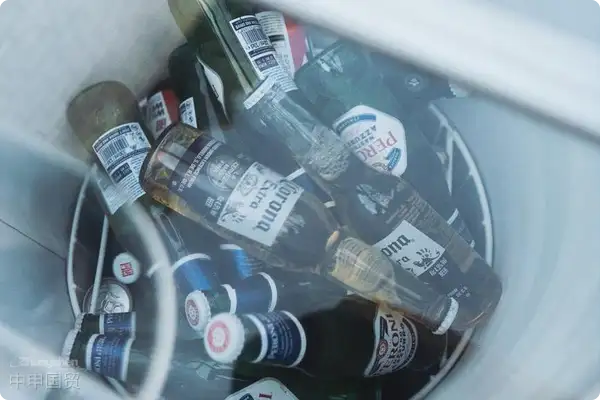- Shanghai Zhongshen International Trade Co., Ltd. - Two decades of trade agency expertise.
- Service Hotline: 139 1787 2118
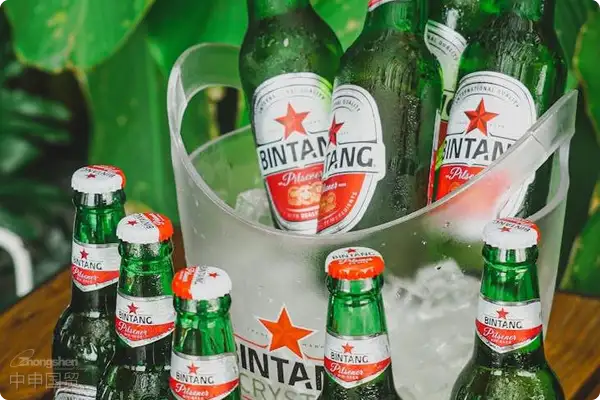
When craft meets trade: The bittersweet dilemma of imported beer
As someone who has monitored production lines in German breweries and handled returns for Belgian monasteries,foreign tradeIve seen too many importers enter the market withcraft beer = high profits,as their rosy assumption, only to end up pounding their chests in frustration over piles of stranded containers at customs inspection zones. Behind Chinas impressive 2023 imported beer volume of 830 million liters lie three multimillion-dollar trade pitfalls.
Three mountains on the clearance path
- The devil in HS code details:
- The same batch of beer may fall under 22030000 or 22029100 due to malt concentration differences (10.3°P vs 11.1°P)
- A Belgian importer faced entire container returns due to a 0.2%vol alcohol content discrepancy
- The invisible battlefield of label compliance:
- Conversion rules between EU-required best before dates and domestic shelf life labeling
- Special process beers must include production notes like secondary fermentation,
- The race against time in cold chain logistics:
- IPA beers show noticeable flavor changes after 48 hours above 18℃
- Maritime TransportationThe cost equilibrium between refrigerated containers andAir Transportationcold chain logistics
The golden ratio of tax optimization
| Tax Type | Standard solutions | Optimized Solution |
|---|---|---|
| Tariff | Direct application of 10% base tax rate | Utilizing RCEP for tax reduction on Australian/New Zealand malt ingredient tracing |
| Value - added Tax | Uniform 13% taxation | Channel-specific VAT deduction planning (foodservice vs retail) |
| Consumption Tax | Volume-based taxation (220 yuan/ton) | Securing tax benefits for craft beers through original manufacturer certification |
The fatal attraction of product selection
Last year, we advised a client to abandon three top-10 German beers in market popularity, opting instead for niche Czech cellar beers. This wasnt caprice but based onthree hard criteria:
- Channel compatibility analysis for varieties with ≥5%vol alcohol content
- Comparison of sell-through rates between 330ml and 500ml specifications
- Measured data on breakage rates of wax-sealed caps during transportation
Heartfelt advice for new entrants
Holding the freshly signedImport Representationcontract, dont rush to envision the celebration banquet yet. We recommend doing three small things:①Request original HACCP certification documents from the manufacturer ②Test the impact of transportation vibration on sediment ③Prepare two sets of Chinese label templates. These details often matter more than discounts at the negotiation table.
Remember handling a French beer return case in 2019 where just one advertising phrase perfect with seafood on the label cost the owner an extra 120,000 yuan in food additive testing fees. In this track where flavor and regulations intertwine, were not just doing trade - were brewing an art of balance.
Related Recommendations
? 2025. All Rights Reserved. Shanghai ICP No. 2023007705-2  PSB Record: Shanghai No.31011502009912
PSB Record: Shanghai No.31011502009912
